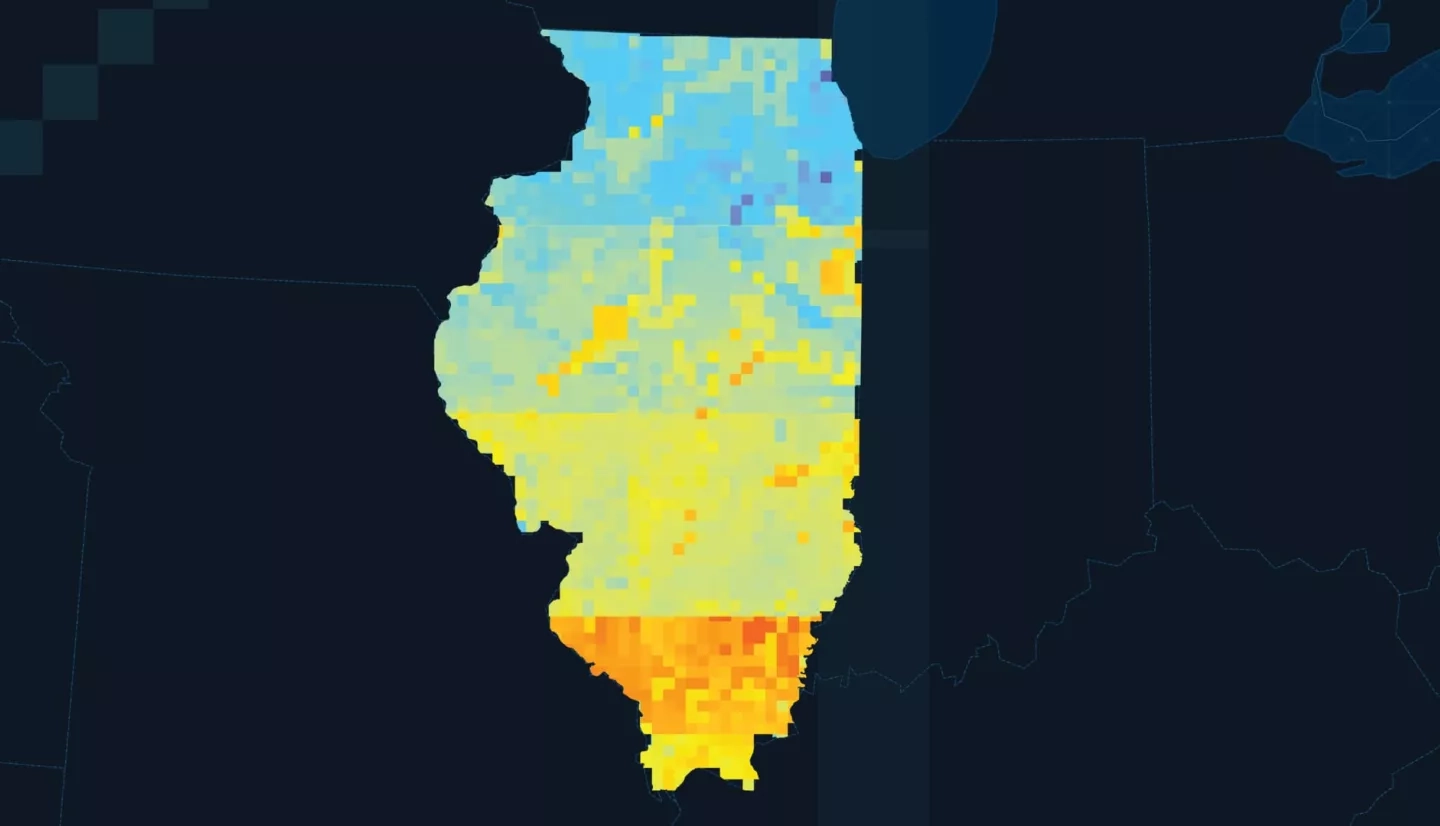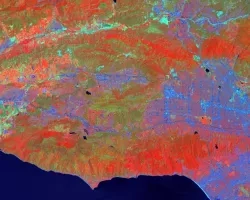
Drought and flooding in Illinois have severe impacts on the communities and ecosystems of the state. Soil moisture is a valuable indicator of drought and flood vulnerability but can be difficult to measure since in situ monitoring is limited to discrete stations throughout the state. The team created a framework to compare in situ, modeled, and NASA satellite soil moisture measurements to increase the spatial coverage of soil moisture monitoring. The team partnered with the Illinois State Weather Survey, USDA Midwest Climate Hub, NOAA Regional Climate Services of the Central Region, NOAA National Integrated Drought Information System’s Midwest Drought Early Warning System, and the NOAA North Central River Forecast Center. The team standardized and compared soil moisture data from NASA’s Soil Moisture Active Passive (SMAP) mission, modeled soil moisture outputs from NASA’s SPoRT Land Information System (SPoRT-LIS), and in situ measurements from the Illinois State Weather Survey’s Water and Atmospheric Resources Monitoring (WARM) program. Compared to the WARM data, the satellite and modeled data showed seasonally variable differences and bias. The difference was highest in the winter months and lowest in the late summer and early fall months for the SMAP and SPoRT-LIS data products. SPoRT-LIS produced lower seasonal variability and SMAP demonstrated higher correlation values and lower differences. These analyses suggest that both SMAP and SPoRT-LIS products offer unique strengths and limitations when used for soil moisture monitoring.



